Imagine a time when all the continents we know today were joined together, forming one enormous landmass. This was Pangea, a supercontinent that existed millions of years ago. But what if I told you that our continents are still moving, and in millions of years, they might come together again to form a new supercontinent? This isn’t science fiction; it’s what scientists predict based on the powerful forces of plate tectonics. Exploring future supercontinent formation helps us imagine Earth’s distant future and how these massive landmasses will shape climate, oceans, and life. Get ready to fast-forward millions of years to see Earth’s next big landmass!
The Supercontinent Cycle
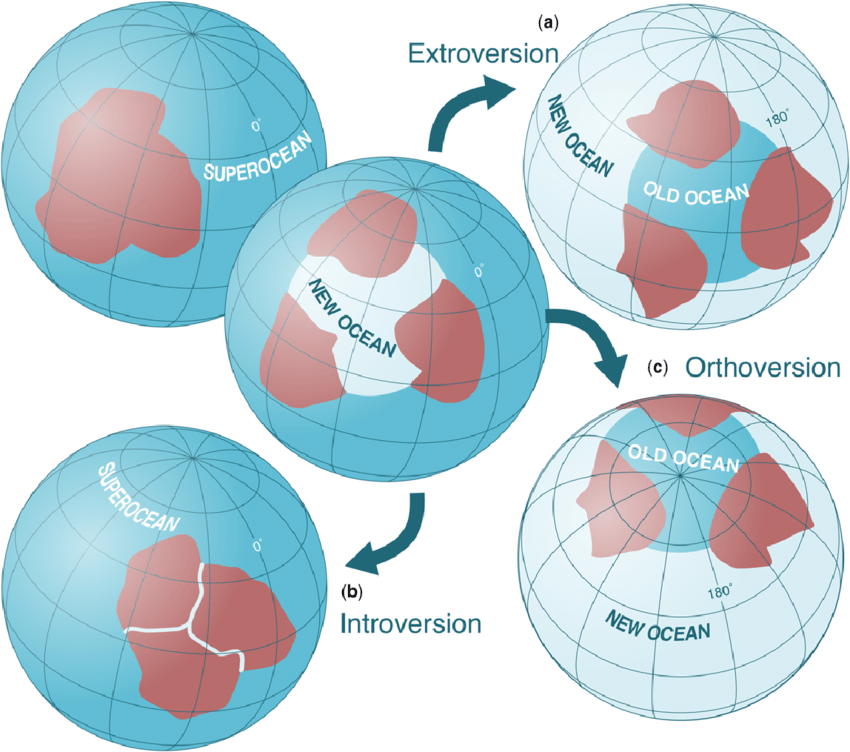
Illustration by R. Damian Nance
Earth’s continents are constantly moving, assembling into supercontinents and then breaking apart in a continuous cycle.
The idea of future supercontinent comes from understanding the supercontinent cycle. This is a geological pattern where Earth’s continents repeatedly come together to form a single, enormous landmass, and then break apart again. This cycle takes about 300 to 500 million years to complete. Pangea was just the most recent supercontinent in this long history.
Scientists use the movement of today’s tectonic plates to predict where the continents are headed. Just like we can trace the past movements that formed Pangea, we can project forward to see what Earth might look like millions of years from now. This ongoing dance of continents is driven by the slow but powerful forces deep within our planet.
Fun Fact: Before Pangea, there were other supercontinents, such as Rodinia (which formed about 1.1 billion years ago) and Columbia (which formed about 1.8 billion years ago). The Earth has been rearranging its furniture for a very long time!
How Do Scientists Predict the Future?
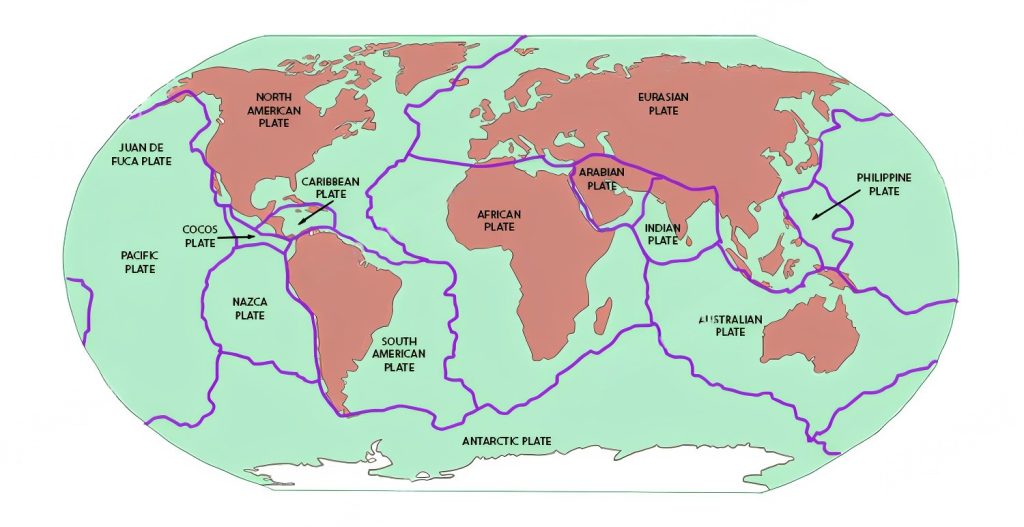
By studying current plate movements and Earth’s geological history, scientists can make educated guesses about future continental arrangements.
Predicting future supercontinent formation predictions isn’t like predicting tomorrow’s weather. It involves understanding the very slow, long-term movements of Earth’s tectonic plates. Scientists use several clues:
- Current Plate Motions: GPS and satellite data allow scientists to precisely measure how fast and in what direction continents are moving today.
- Past Geological Record: Studying ancient rock formations, fossil distributions, and magnetic patterns in rocks helps them understand how continents have moved in the past.
- Mantle Convection Models: Computer models simulate the flow of hot rock in Earth’s mantle, which is the engine driving plate tectonics.
By combining these pieces of information, scientists can create models that show possible scenarios for how the continents might arrange themselves in the distant future. These are not exact forecasts, but rather educated predictions based on our best understanding of Earth’s geology.
Amasia: The Next Supercontinent?
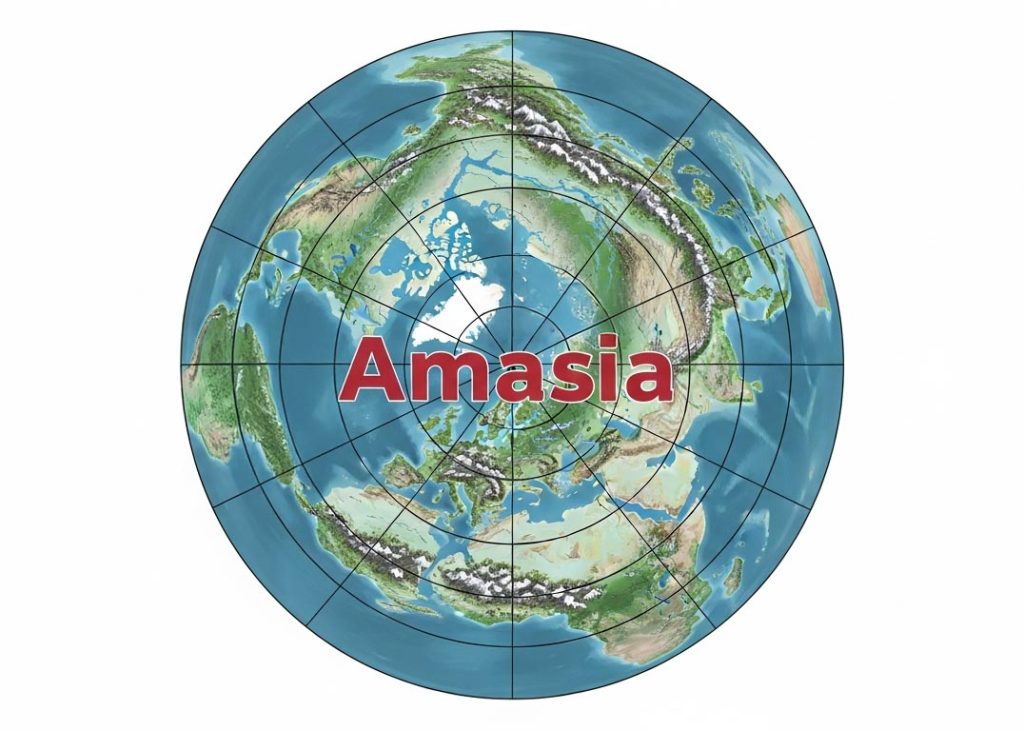
One leading prediction suggests Amasia will form when North America collides with Asia, closing the Arctic Ocean.
One of the most popular future supercontinent formation predictions is for a supercontinent called Amasia. This name comes from the idea that America and Asia will collide. Here’s how it might happen:
- The Atlantic Ocean continues to widen, pushing North America westward.
- The Pacific Ocean continues to shrink, as Asia and North America move closer.
- Eventually, North America will collide with Asia, closing the Arctic Ocean and forming a new supercontinent centered around the North Pole.
- South America might also join this new landmass, connecting to North America.
This scenario suggests that Amasia could form in about 200 to 300 million years. It would be a world with a very different climate and ocean circulation patterns.
Fun Fact: In the Amasia scenario, the Pacific Ocean would disappear completely. The Atlantic Ocean would become the new, single giant ocean surrounding the supercontinent.
Pangea Ultima or Novopangea, Another Possibility?
Another prediction, Pangea Ultima, suggests the Atlantic Ocean will close, bringing the Americas back to Africa and Europe.
Another set of future supercontinent formation predictions suggests a different outcome, sometimes called Pangea Ultima or Novopangea. This idea proposes that the Atlantic Ocean, which is currently widening, will eventually stop expanding and begin to shrink. Here’s how this might unfold:
- The Atlantic Ocean starts to close, pulling the Americas back towards Africa and Europe.
- Australia continues to move north, eventually colliding with Asia.
- This would lead to a new supercontinent forming around the equator, similar in some ways to the original Pangea.
This scenario might take even longer to form, perhaps 250 to 400 million years from now. It highlights that there are different ways the Earth’s tectonic plates could move in the very distant future.
The Impact on Climate and Life
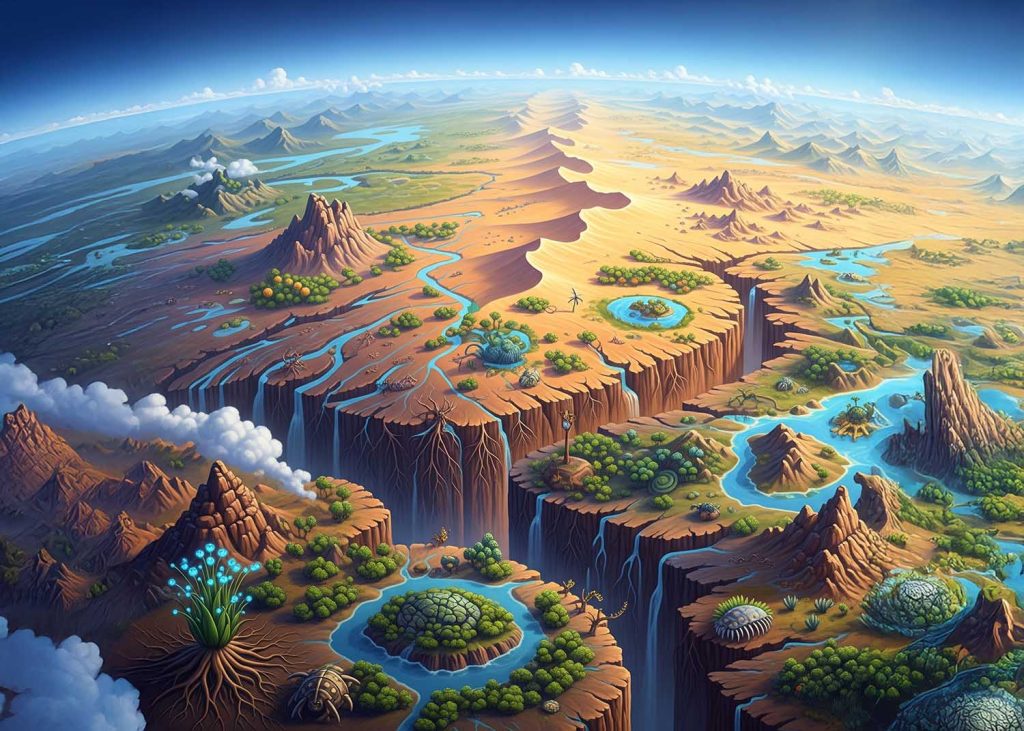
Future supercontinents will likely lead to more extreme climates, with vast deserts and different ocean circulation patterns.
The formation of a new supercontinent would have a massive impact on Earth’s climate and, in turn, on life. Here’s what scientists predict:
- More Extreme Climates: Just like Pangea, a new supercontinent would likely have vast, dry interiors far from the moderating influence of oceans. This would lead to more extreme temperatures and widespread deserts.
- Altered Ocean Currents: The shape of the new supercontinent would completely change ocean currents, affecting global heat distribution and marine ecosystems.
- Reduced Biodiversity: The loss of coastal habitats and the creation of harsh interior climates could lead to a decrease in the diversity of life on Earth.
- New Evolutionary Paths: Life that survives would adapt to these new conditions, leading to the evolution of entirely new species.
These future supercontinent formation predictions show that Earth’s geological cycles have a profound influence on the planet’s habitability and the types of life that can thrive.
Fun Fact: The formation of a new supercontinent would create massive mountain ranges where the continents collide. These mountains would be far taller than the Himalayas are today!
Earth’s Ever-Changing Face
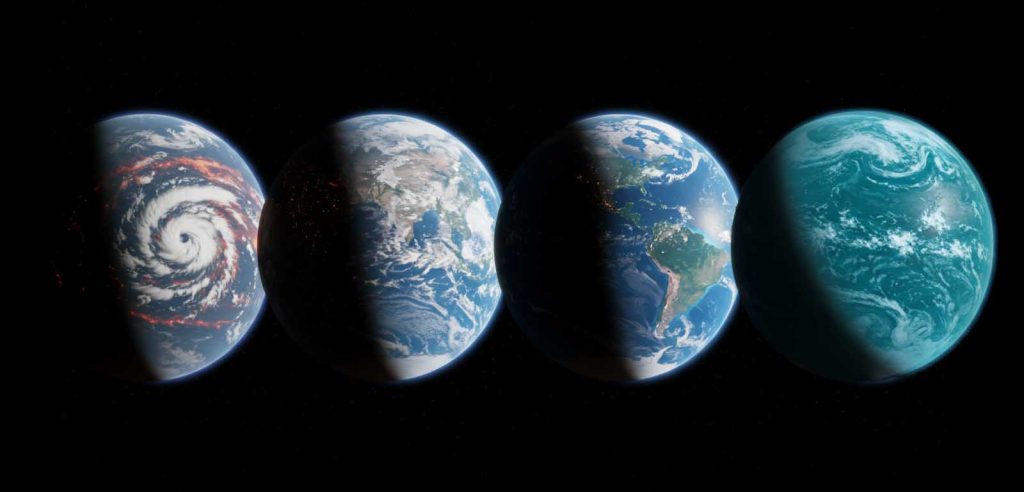
Earth’s surface is constantly changing, a dynamic process that has shaped our planet for billions of years.
The idea of future supercontinent formation predictions reminds us that Earth is a dynamic planet. Its surface is not fixed; it’s a constantly shifting puzzle. Over billions of years, continents have assembled and broken apart many times, each cycle dramatically reshaping the planet.
While these events are far in the future, they highlight the incredible, long-term geological processes that govern our world. It’s a powerful reminder that life on Earth is always adapting to a changing planet, and that our current map is just one snapshot in a very long and exciting story. To learn more about past supercontinents, check out our article on A Tour of the Pangea Supercontinent
Future Supercontinent Formation Predictions Quiz
Test your knowledge about Earth’s next big landmass!

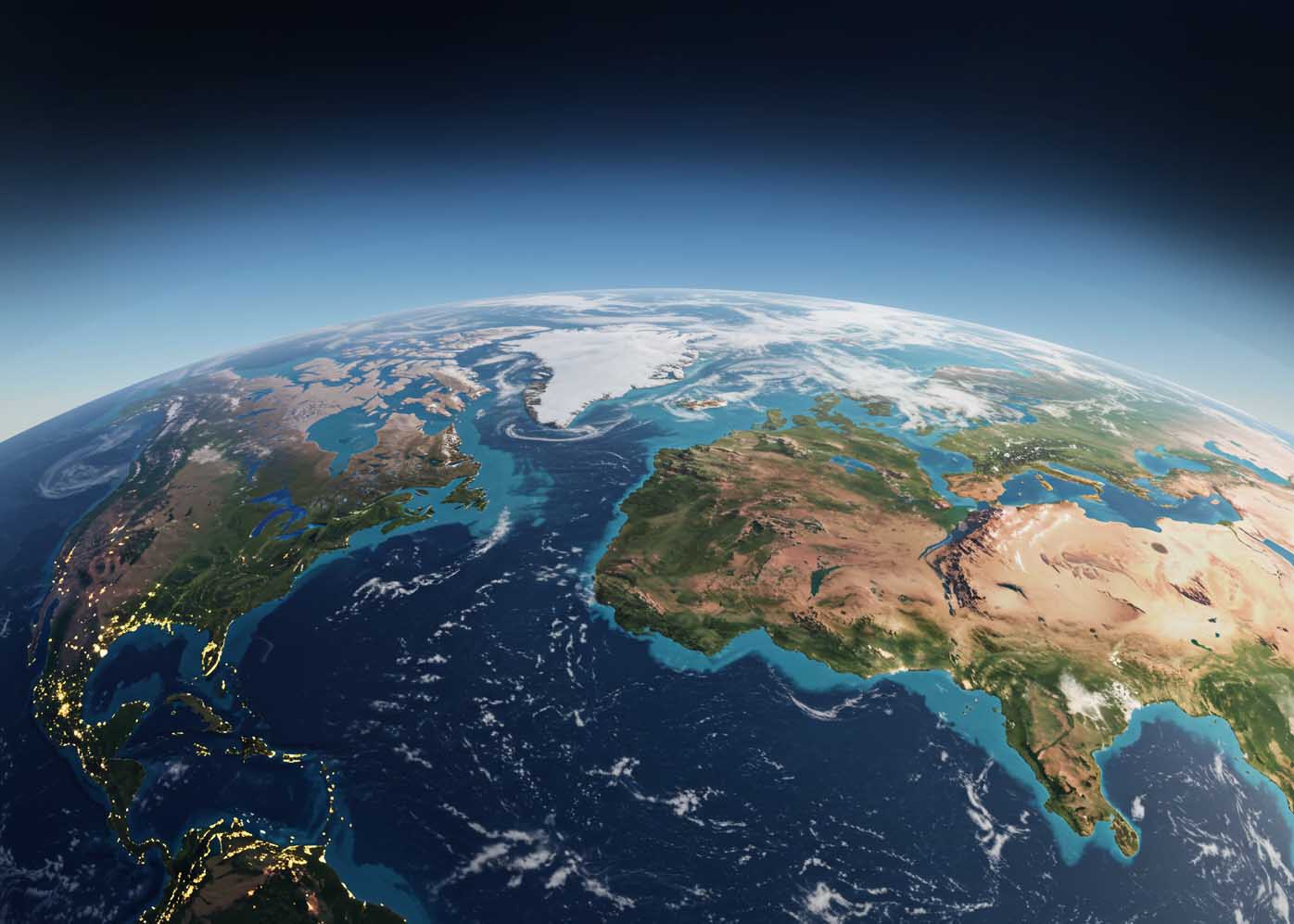
Leave a Reply